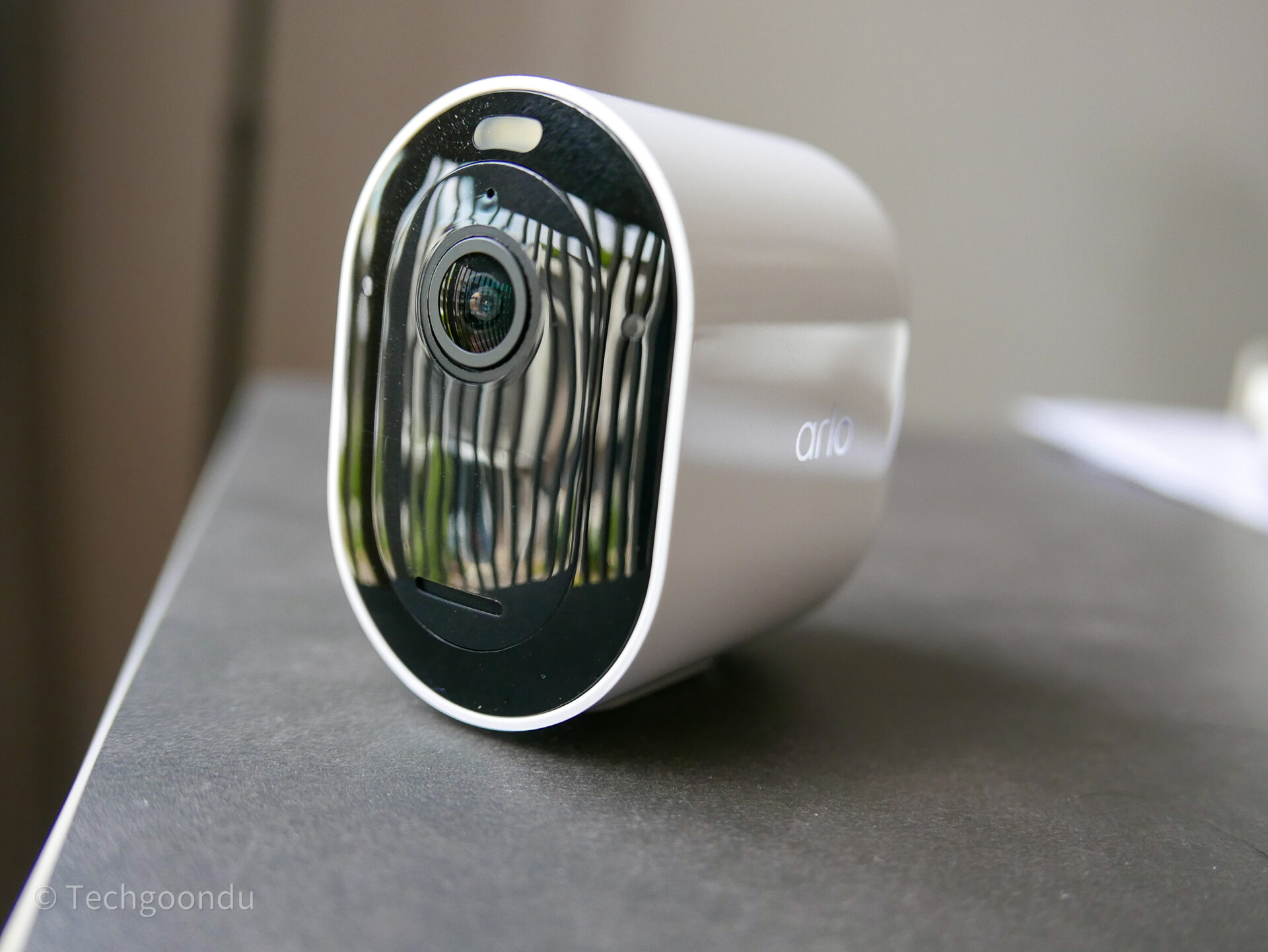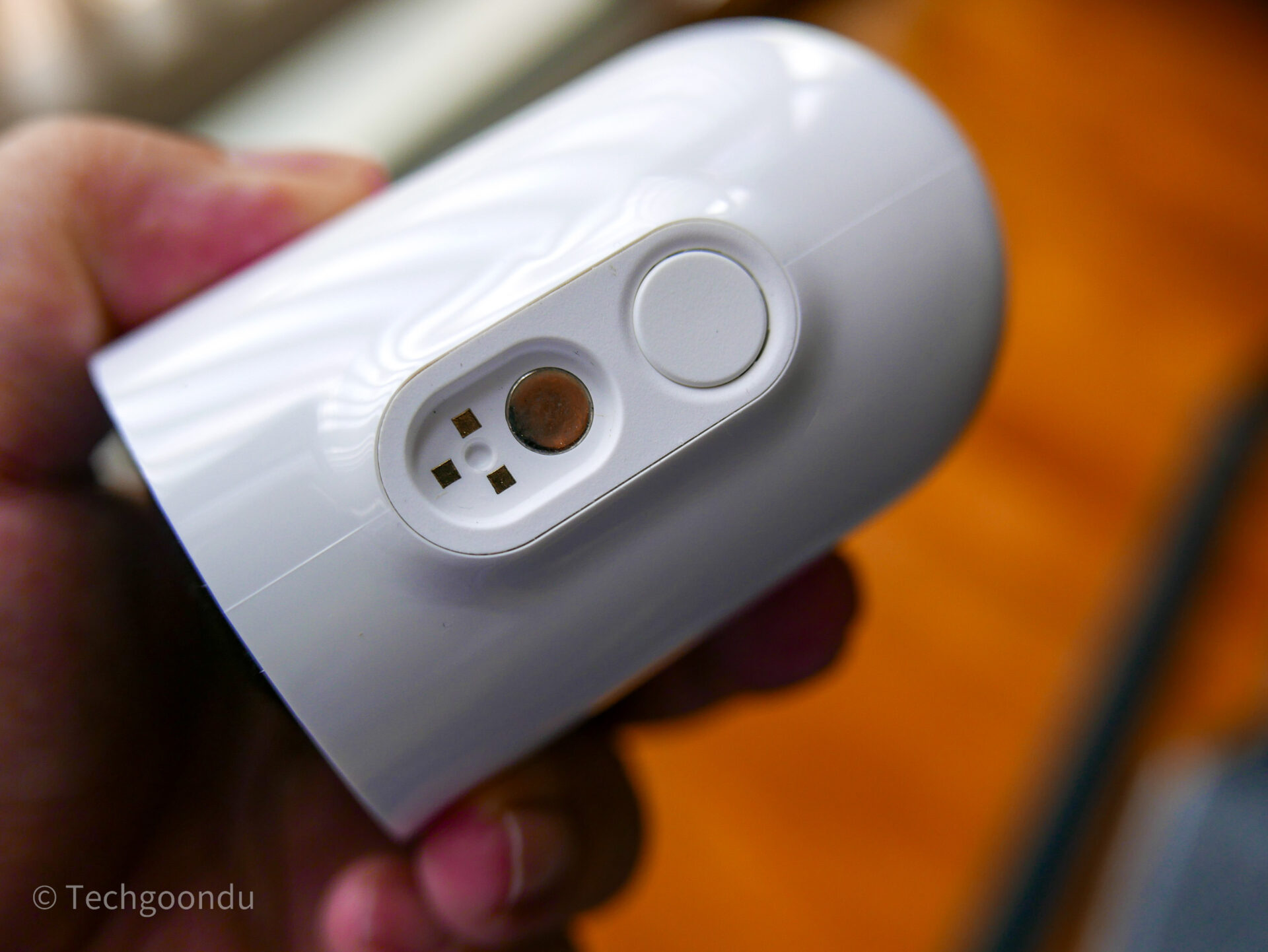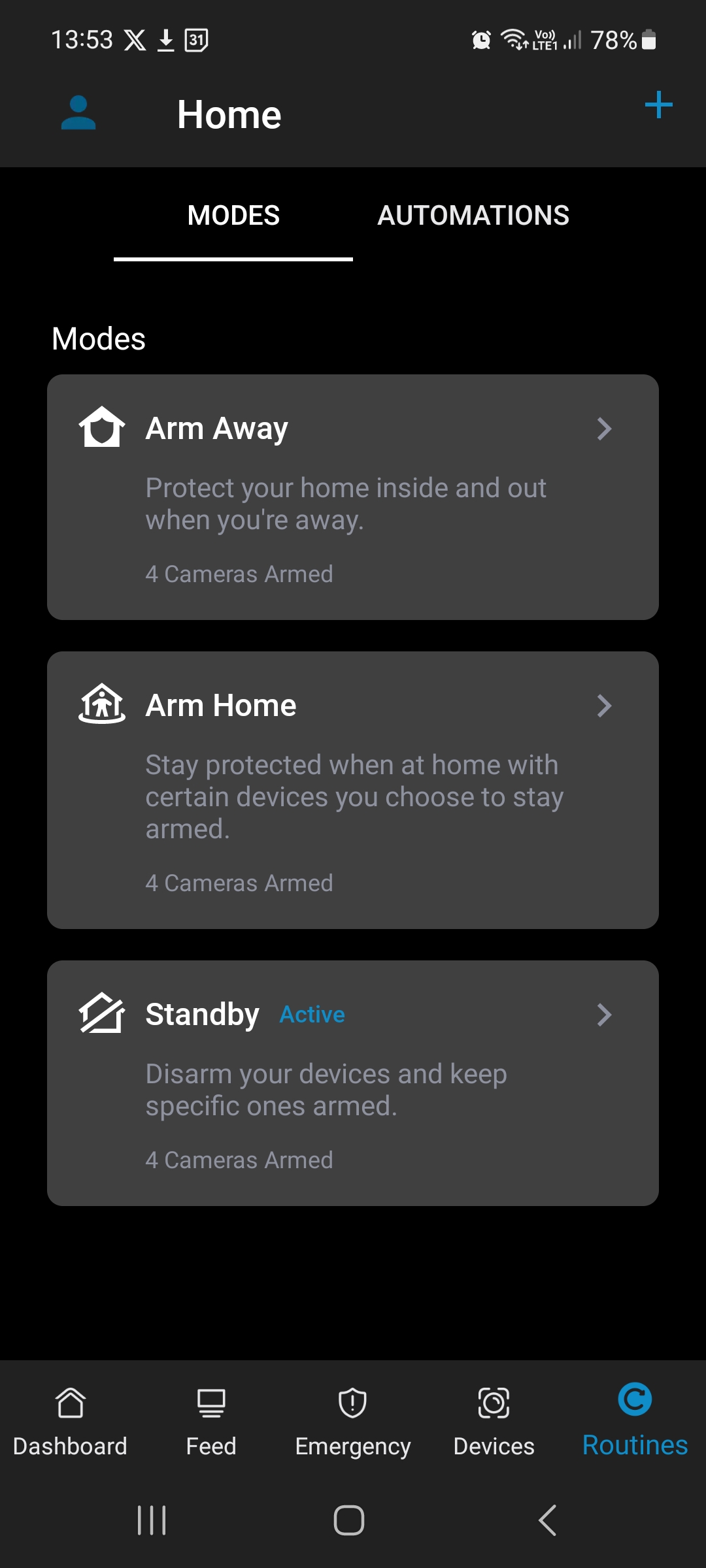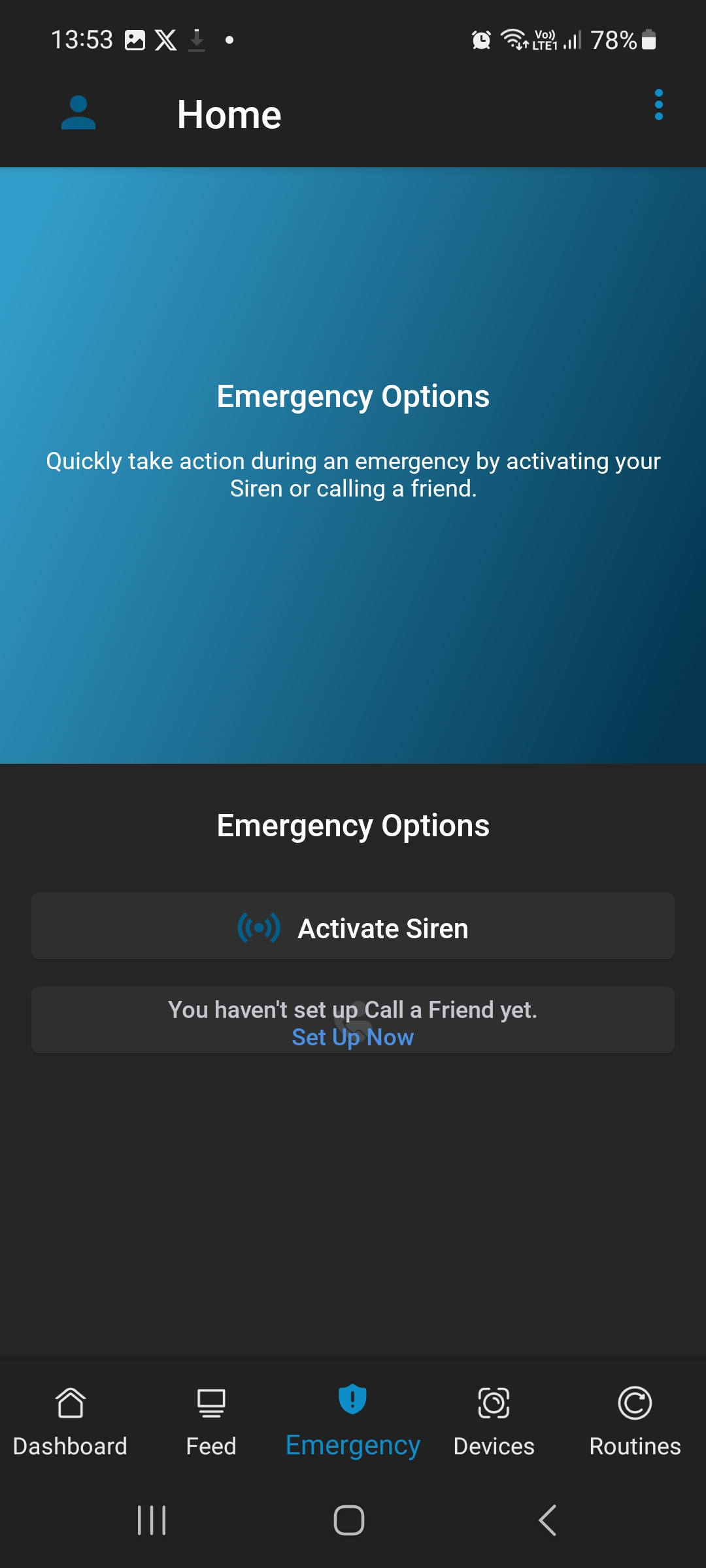
The Arlo Pro 5 camera looks similar to other Arlo wireless surveillance cameras – elongated and rounded at the sides – and is just as compact and easy to mount.
If you want to monitor your doorstep without the trouble of running wires all over, then the Arlo Pro 5 should be an interesting option. It’s the mid-range offering from the home surveillance gear maker.
I’ve been an Arlo user for almost four years now and I have to say they are convenient cameras to have, as long as you know their limitations.
The Arlo Pro 5 is no different in that sense, though it brings a number of handy improvements over the previous Arlo Pro 4 that it replaces.
For starters, the 2K camera is powered by a battery that promises to run up to 30 per cent longer. That means less hassle of changing up the battery and charging it.
This, according to Arlo, is because of a new low-power mode in operation. I didn’t have a chance to test this claim out because I didn’t have the older version around, unfortunately.
What’s clear is that the Arlo cameras are easy to set up and run out of the box. Just download the mobile app, get the camera added to the system and start installing it, say, on a wall.

As you mount the camera, you can get a live view of the images you would be getting on the app, so you can make sure you have it pointed exactly where you want it to.
Like with other Arlo cameras, you don’t need wires because the cameras are connected wirelessly to either your home Wi-Fi network or a dedicated Arlo base station. The Arlo Pro 5 supports both links, including both 2.4GHz and 5GHz, which is handy.
From my experience with the Arlo Pro 3, I can have a camera switched on for about 6 hours a day – in the sleeping hours – and it will last easily four to five months, maybe more, before I need to climb up to get the battery charged.
I expect the Arlo Pro 5 to run longer, though the way you use it has a huge impact on battery life.
If you have it on the entire day, for example, chances are you will pick up a lot of human traffic, thus turning on the camera and its recording function frequently and sucking up battery a lot more.
Speaking of that, the camera is great at picking up deliveries. When I’ve had the camera switched on in the day for testing purposes, it managed to spot delivery persons simply by identifying them by the parcels they were carrying.


The included spotlight is useful at night, as it not only helps illuminate your path when you’re home late but it records any unexpected traffic, say, late at night. Of course, it’s also useful to capture images of people throwing your parcels or even food around thoughtlessly.
Usually 2K resolution is good enough to capture faces, especially with the spotlight in place. It helps too that the Arlo Pro 5 has colour night mode, which means videos are seen in colour in the night vision mode.
The cameras are not cheap at S$329 each or S$599 for a pair, but they are easy to set up, pretty spot-on in its motion detection capabilities and offer clear images.
To be sure, the cameras are just part of the deal with Arlo. To properly make use of them, you need to sign up for a subscription that costs from S$4.99 a month for one camera with 2K recordings. Got more cameras? The price goes up to S$12.99.
And no, you can’t record the videos on your local hard disk or PC. So, while the cameras are great and convenient, you have to factor in the ongoing subscription cost of using the Arlo service.


Being wireless also has its issues, of course. While convenient, you can’t realistically have it on 24/7 for continuous recording because the battery will run out pretty quickly.
Sure, you can connect a cable and run it to your nearest power socket, but that will defeat the purpose of using a wireless camera.
You can also try some of the separately available solar panels that can be mounted next to an Arlo camera but again, your mileage might vary, depending on where you’re mounting your camera and whether it gets enough sun.
So, the Arlo Pro 5 will be attractive if you’re not looking to continuously record your doorstep or car porch, and just to track the important moments of someone dropping off a parcel, for example.
It has its limitations and it does require a monthly cost but the convenience it offers will win over users who don’t fancy cluttering up their homes with cables.






